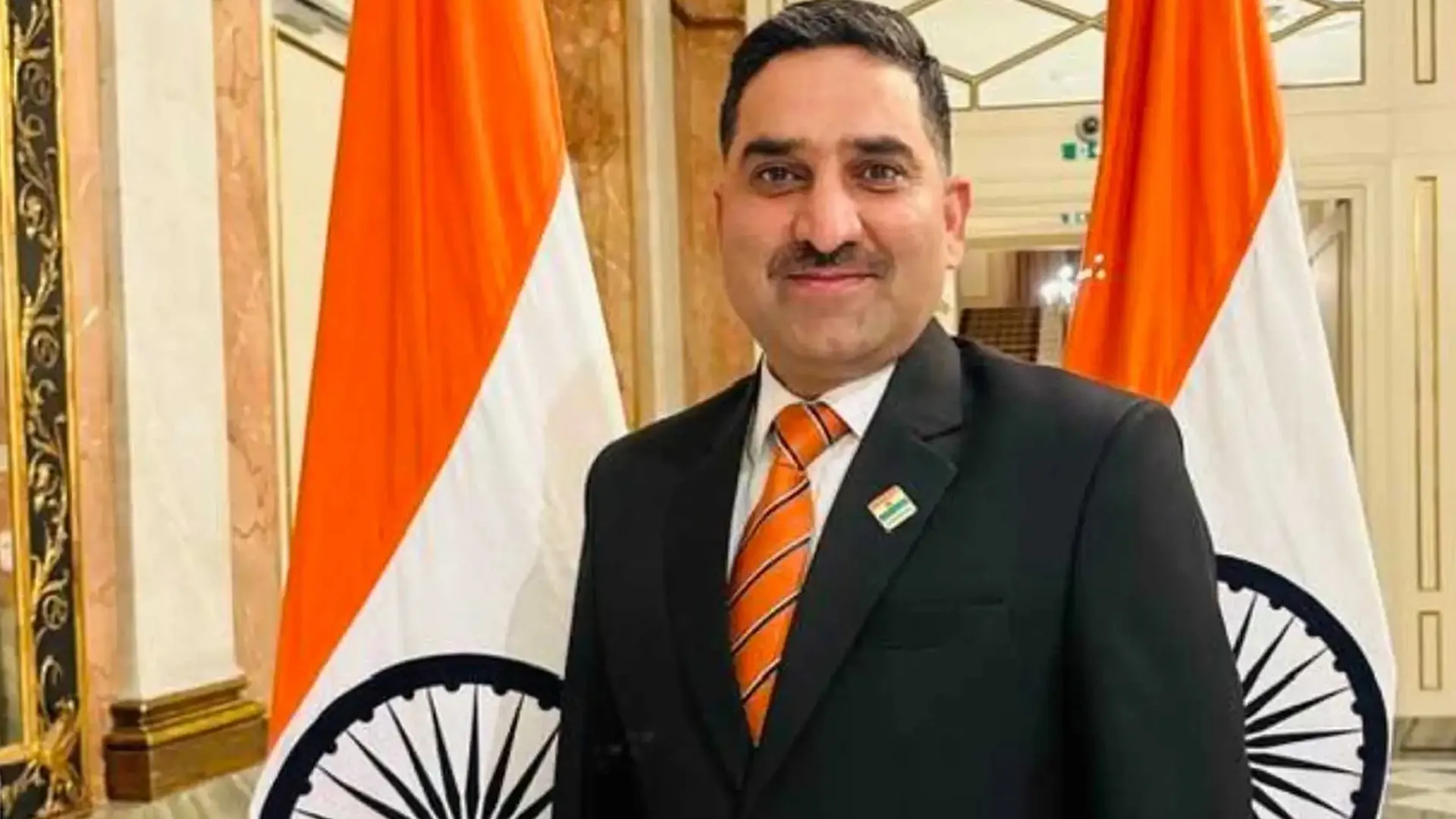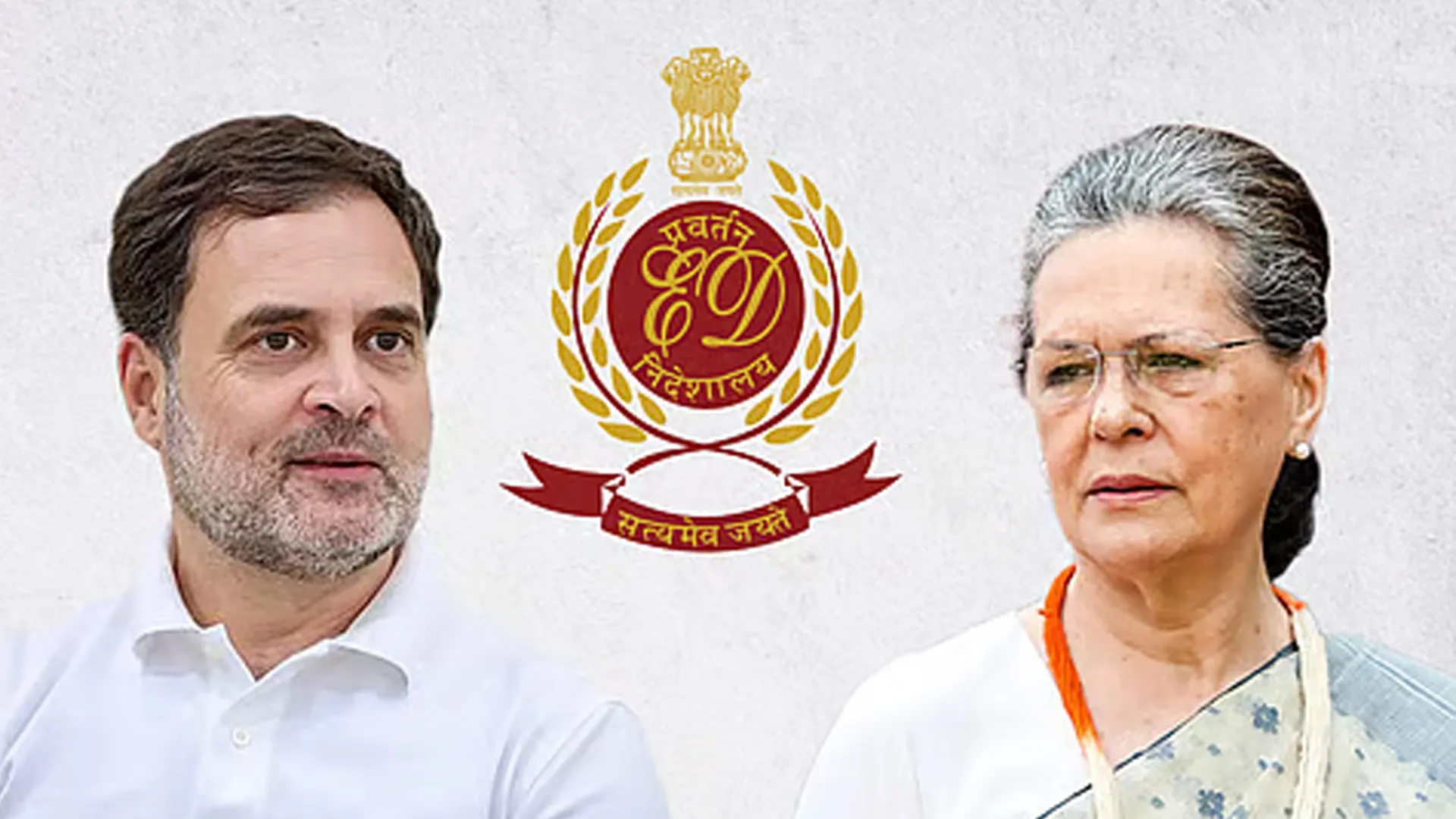In the third round of voting for 93 Lok Sabha seats on Tuesday, 64.5% of voters turned out to cast ballots. 66 percent of voters in these constituencies participated in the 2019 Lok Sabha elections.
66.14 percent of voters cast ballots in the 102 constituencies that were polled in the first phase. The ultimate turnout in the second phase, with 88 seats casting ballots, was 66.71 percent. As in the first two rounds, the third round had a smaller proportion of votes cast than in 2019, but the difference shrank considerably, according to Election Commission (EC) figures.
Nevertheless, data for four Assamese seats where delimitation occurred is not included in the 2019 estimates. According to data obtained from the election panel’s turnout app till 11:45 pm, Assam recorded the highest turnout in the third round, at 81.7 percent.
Additionally, information for four seats in Assam, where delimitation was done, is missing from the 2019 statistics.
The ten Uttar Pradesh seats had the lowest attendance, at 57.3 percent, down from 60 percent in 2019. Bihar and Gujarat had the next-highest turnouts, at 58.2 and 59.2 percent, respectively. Gujarat saw a polling percentage of 58.98 percent, with 25 out of 26 constituencies casting ballots (the BJP won Surat without any opposition).
Meanwhile, West Bengal registered a turnout of 75.8 percent, down from 81.7 percent in the 2019 Lok Sabha elections.
Throughout the three phases, 283 parliamentary constituencies dispersed throughout 20 states and UTs were surveyed. Even after the polls closed at six o’clock, voters were still waiting in queue at many polling locations. “Despite the hot weather in certain areas, voters turned out with enthusiasm,” the European Commission stated. The polling panel reported that the voting process was “smooth and peaceful.” The three phases included the whole northeast affected by the Maoists, as well as vulnerable regions in Madhya Pradesh, Chhattisgarh, and Maharashtra.
Starting from the third phase, the EC released the aggregate turnout on its Voter Turnout app, which had state-wise and seat-wise figures in the first two phases. This move followed criticism from the Opposition for the delay in releasing final turnout data for the initial two phases and not disclosing the total number of electors and voters.























